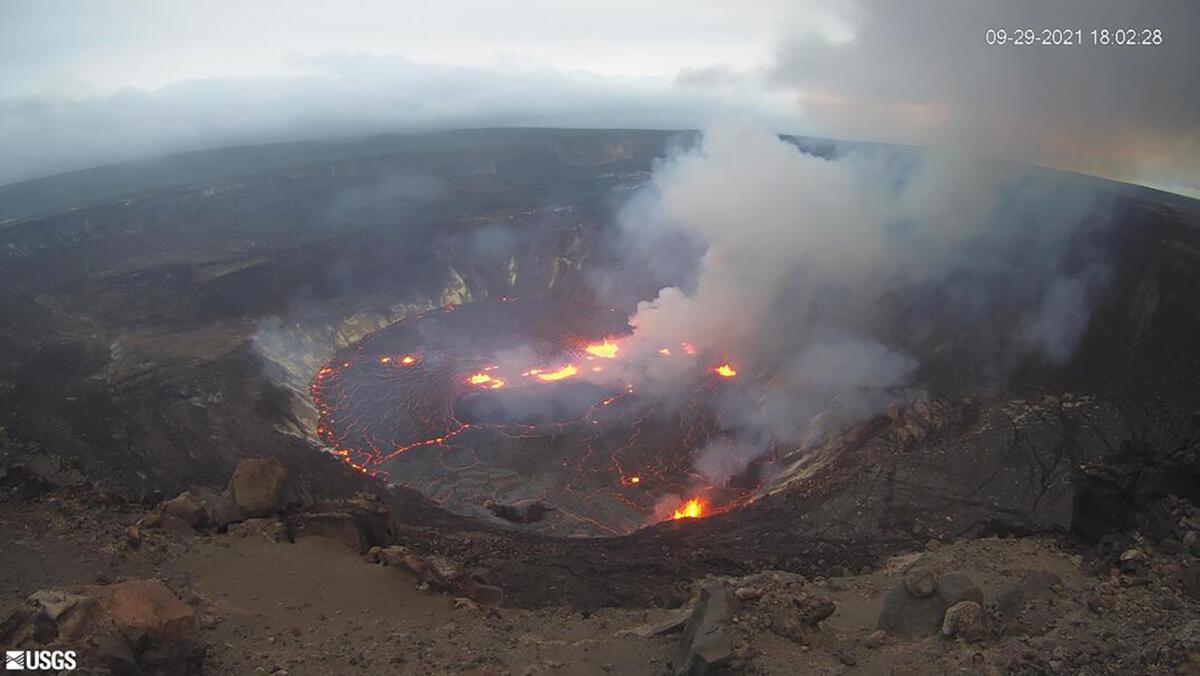Apodaca: ‘Dysregulated anger’ has us erupting over the smaller things

A lot of folks seem excessively angry these days.
People are throwing tantrums at school board meetings, and students are acting up even more than usual. Arguments are breaking out in grocery stores and restaurants over masks, vaccines, empty store shelves and long waits for meals to be delivered by overworked servers. Motorists are blowing a gasket when they see the prices at the pump.
Traffic deaths are up, in part, authorities believe, because drivers are behaving more aggressively. Medical workers are regularly harassed and threatened, and flight attendants are forced to show far too many rude and unruly passengers just how secure and snug their seatbelts can get if they won’t voluntarily sit down and shut up.
Meanwhile, people are unloading their vilest impulses on social media. While there’s nothing new about that, it just feels like the toxicity on the internet has reached a shocking new level.
There’s so much anger right now that even the mildest mannered among us probably find themselves screaming at their computers or television screens now and then.
I’m not alone in noticing this disturbing trend. Day after day we see news outlets reporting on outbreaks of angry and violent behavior in communities throughout the country.
What’s going on? Why is everyone so mad?
The answer that most of us would likely posit is that our short fuses are rooted in the stress we’re experiencing because of the pandemic and the divisive political climate. That makes sense, but I am also interested in some deeper analysis about the reasons that that such stressors can lead to such alarming levels of societal hotheadedness.
In search of some insight on the matter, I consulted one of the world’s top experts on anger, Raymond W. Novaco, Ph.D., a UC Irvine psychology professor who is frequently credited for coining the term “anger management.”
Humans are hardwired for anger, and that has its benefits, Novaco explained. Anger is an emotional component of the fight-or-flight response, which means it can be useful as a survival mechanism. When we sense a threat, it’s natural to experience an angry, emotional flare-up that stirs us to focus our attention on the perceived danger and react to protect ourselves.
Proposed legislation that would base school funding on the number of students enrolled instead of on daily attendance is a step in the right direction toward equal opportunity at public schools, writes Daily Pilot columnist Patrice Apodaca.
That’s a major difference between anger and anxiety, he said. While anxiety can be paralyzing, “anger doesn’t stop you. It energizes you. It allows you to stay in the arena.”
It is also accompanied by physiological and biological responses. When we feel anger, our heartrates and blood pressure levels rise, and we get surges of energizing hormones such as adrenaline. Again, these changes can be a normal part of our innate need to defend ourselves.
Indeed, upon closer examination, anger can be seen to serve many important functions. It can, for instance, help people communicate about feelings they might otherwise have suppressed.
It has a signaling function — what Novaco calls a “relevance detector” — that gives us information about our circumstances and acts as a metaphorical thermostat to help us monitor the temperature of our surroundings.
Anger can also help us keep social and emotional threats at bay, and it has an empowering function. These can be useful for people who have been victimized or have experienced trauma.
The downside to anger comes when we cross a line from energizing and empowering, and it becomes consuming and destructive. The latter is what Novaco refers to as “dysregulated anger.”
And things can go south in a millisecond.
Signs that anger has become dysregulated include when it’s too quick to flare; too frequent; lasts too long; damages personal or professional relationships; compromises health, or is expressed in aggressive or violent behavior. It’s also evident when perceived threats are misidentified or miscalculated.
“The problem is seeing tigers that aren’t there,” Novaco said.
In such instances, people experience too much physiological arousal. The reasoning capacity of the brain becomes overridden, resulting in impulsive behavior and errors in judgment.
That calls to mind the meltdowns some people are having over public health measures as innocuous as mask-wearing. The over-the-top angry response some people display to this relatively simple, nonthreatening, common-sense measure appears to check many, if not all, of the boxes of dysregulated anger.
Contrast that misapplied anger to another situation currently in the news.
Shortly after speaking with Novaco, I was watching television coverage of the Russian invasion of Ukraine, and I was struck by the heroic defiance of the Ukrainian people. Like other Americans, I’ve been horrified by the devastation the proud citizens of that country have suffered but also inspired by their courage and self-sacrifice.
At one point a Ukrainian man told an interviewer that he and his countrymen weren’t afraid. They were angry, he said, and they wouldn’t back down in the face of the advancing Russian military.
Here, it seemed to me, was a relatable and justifiable reaction to a real attack.
This brave man was filled with a righteous rage, and I fervently hoped that his anger would prove to be a useful tool for both motivation and survival in the painful, heartbreaking days that are sure to come.
All the latest on Orange County from Orange County.
Get our free TimesOC newsletter.
You may occasionally receive promotional content from the Daily Pilot.





